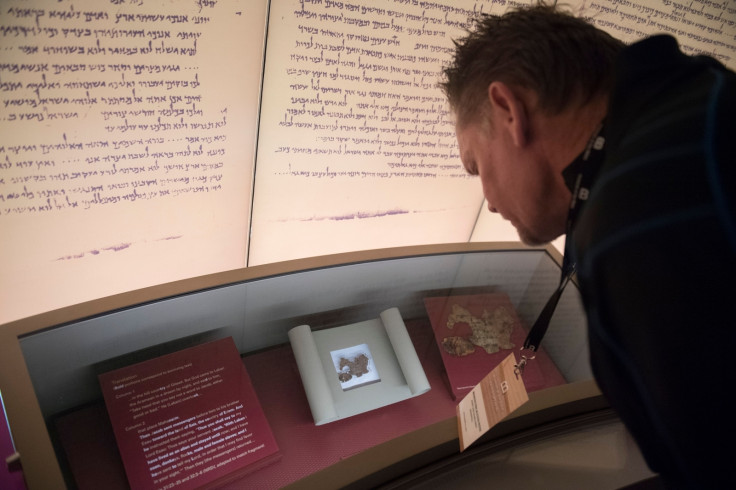The mysterious origins of the Dead Sea Scrolls could finally be unveiled by these ancient skeletons
Researchers estimated the skeletons to be over 2,000 years old, around the same age as ancient texts.

Over 30 newly discovered ancient skeletons may provide new clues about the mysterious origins of the Dead Sea Scrolls, that could help researchers uncover who wrote or protected the ancient manuscripts. The ancient skeletons were found in the same site in Qumran, in the West Bank, along the northwest shore of the Dead Sea, where the ancient scrolls were first discovered several decades ago.
According to researchers, the newly discovered skeletons are over 2,000 years old – around the same age as the ancient manuscripts themselves. According to anthropologist Yossi Nagar of the Israel Antiquities Authority, the remains are that of men who, at the time of their death, were likely around 20 to 50 years old.
An early theory about the origins of the Dead Sea Scrolls maintained that the texts were linked to an ancient Jewish sect called the Essenes. Analysis of the newly uncovered graves reportedly adds considerable weight to this theory. According to Nagar, the skeletons reveal no signs of war-related injuries and are not those of what at that time, would be considered young men.
However, although researchers could not confirm whether the remains belonged to the Essenes, according to Nagar, they could still be indicative of the men belonging to a community of celibate men.
"I don't know if these were the people who produced the Qumran region's Dead Sea Scrolls," Nagar told Science News. "But the high concentration of adult males of various ages buried at Qumran is similar to what has been found at cemeteries connected to Byzantine monasteries."
The findings from the research have been presented at the annual meeting of the American Schools of Oriental Research in Boston last week, ScienceAlert reported.






















